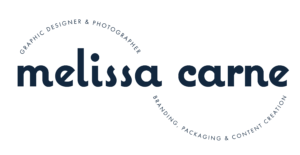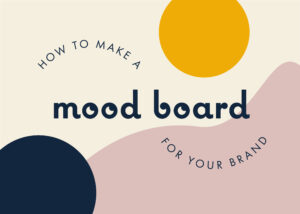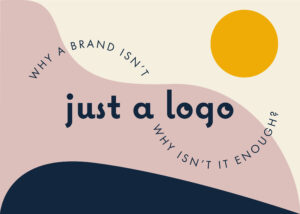File types graphic designers use
This post is all about the different file types and colour spaces that graphic designers may send over to you when you finish a project with them.
What is a vector file?
Why it is an image file?
What are colour spaces?
Which one to use and when?
what is a vector file?
Vector files are images that are built by mathematical formulas that establish points on a grid.
Vector files can be made big and or small and do not loose their resolution i.e they don’t go blurry or pixelated. Your logo should be vector file, if your logo is old and is not a vector file, please get in contact and I can look at creating one for you.
ai. file (adobe illustrator)
Ai is a proprietary vector-based file format by adobe systems. It is the standard source file for your logo. Some print shops will Request this file when prepping a project for print.
pdf (PORTABLE DOCUMENT FORMAT)
Another editable vector-based file format. Its universal file format makes it extremely versatile. It’s typically used for printing and easily sharing documents online.
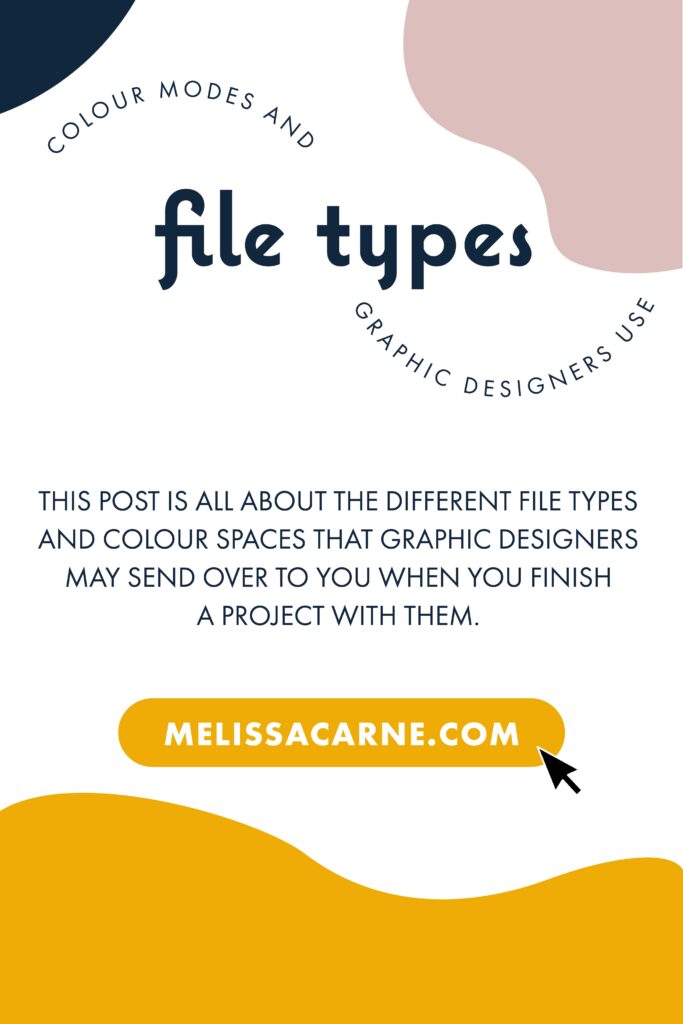
Get a free file type guide
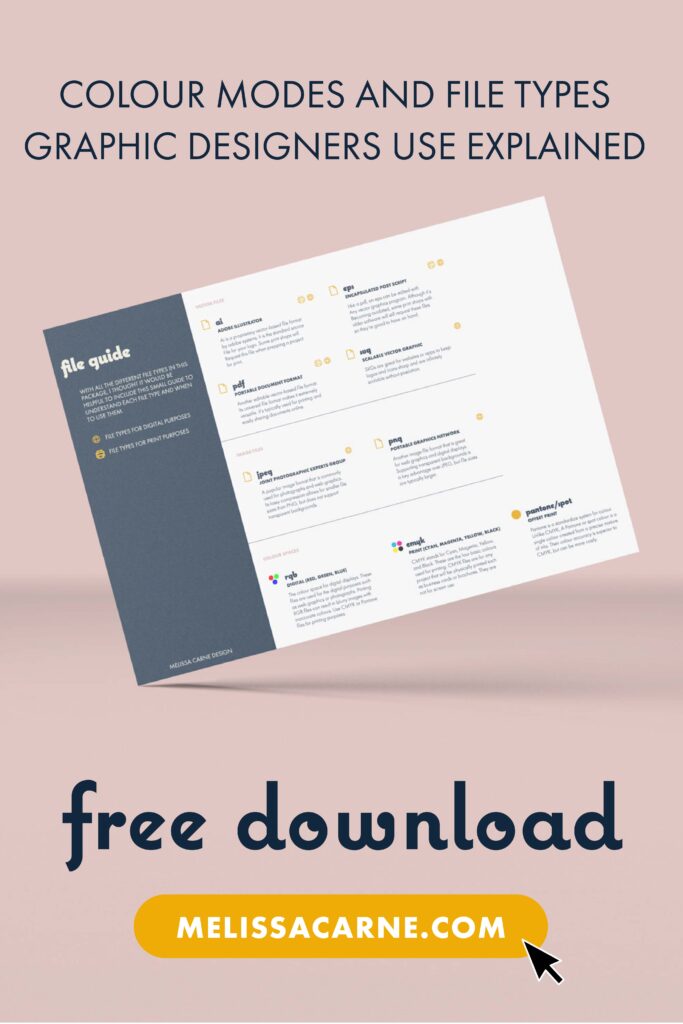
eps (ENCAPSULATED POST SCRIPT)
Like a pdf, an eps can be edited with any vector graphics program. Although it’s becoming outdated, some print shops with older software will still request these files so they’re good to have on hand.
svg (SCALABLE VECTOR GRAPHIC)
SVGs are great for websites or apps to keep logos and icons sharp and are infinitely scalable without pixelation.
What is an image file?
Image files also known as raster files are composed of coloured blocks commonly referred to as pixels.
Raster images can’t be resized very well without losing some of their resolution quality. You may have seen this when images become grainy when stretched.
jpeg (JOINT PHOTOGRAPHIC EXPERTS GROUP)
A popular image format that is commonly used for photographs and web graphics. With a JPEG you can get smaller file sizes than PNG, but they do not support transparent backgrounds.
png PORTABLE GRAPHICS NETWORK
Another image file format that is great for web graphics and digital displays. Supporting transparent backgrounds is a key advantage over JPEG, but file sizes are typically larger.
Want to keep up to date with me?
Join my newsletter to receive offers, resources and read my latest blog posts.
GIF (Graphic Interchange Format)
Gifs are file extensions used for animated graphics. This is the second-most used image format online.
TIFF (Tagged Image Format File)
These are popular with photographers and graphic designers as they can be edited and re-saved without losing image quality.
What is a colour space?
Colour spaces or modes are the settings designers use to show colours consistently across devices and materials.
Commonly used modes are RGB, CMYK and Pantone. Each colour mode has a specific time and place where it should be used.
rgb (RED, GREEN, BLUE)
The colour space for digital displays. These files are used for the digital purposes such as web graphics or photographs.
Printing RGB files can result in blurry images with inaccurate colours. Use CMYK or Pantone files for printing purposes
cmyk (CYAN, MAGENTA, YELLOW, BLACK)
You probably have these coloured inks in your at home printer. CMYK files are for any project that will be physically printed such as business cards or brochures. They are not for screen use.
pantone/spot
Pantone is a standardised system for colour. Unlike CMYK, a Pantone or spot colour is a single colour created from a precise mixture of inks. Their colour accuracy is superior to CMYK, but can be more costly.
Summary
I hope that this quick explanation on files types and colour spaces graphic designer use is helpful. It can pretty confusing to get your head around if your are not from a design or print background.
If you have any question please do not hesitate to email me: [email protected]
